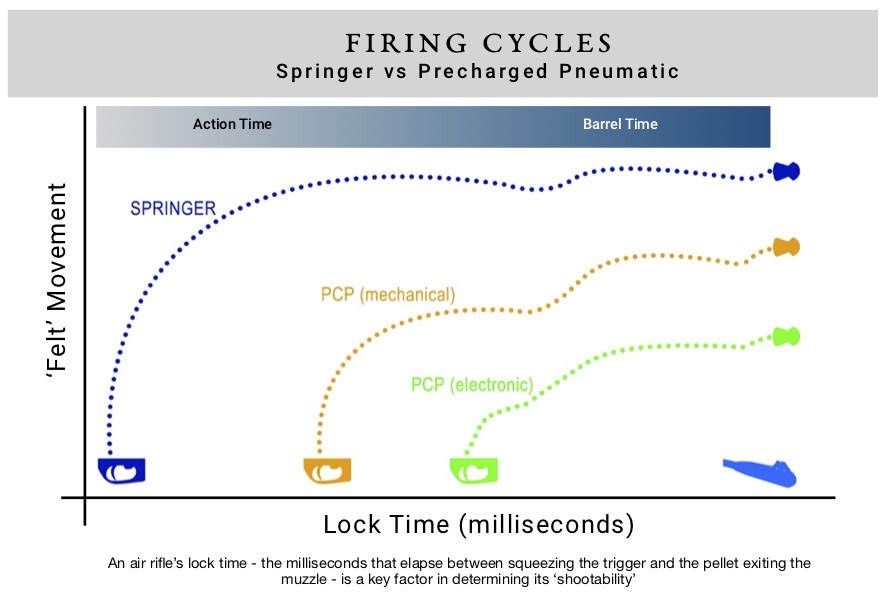Hey Folks,
I was out the other day, with my Crown mk2 600mm. 22 barrel on it trying to find that "magic spot" for shooting the nsa 26.8 slugs. I played around a small bit with my reg pressure , staying withing +- 2.5 bar. Everything was going so so until I moved my power wheel down and ended up shooting this shot string. With each shot, I was waiting for a weird spike or drop but much to my surprise after 10 shots , this is the result. One dip but returned to the line. Loving it.
I was out the other day, with my Crown mk2 600mm. 22 barrel on it trying to find that "magic spot" for shooting the nsa 26.8 slugs. I played around a small bit with my reg pressure , staying withing +- 2.5 bar. Everything was going so so until I moved my power wheel down and ended up shooting this shot string. With each shot, I was waiting for a weird spike or drop but much to my surprise after 10 shots , this is the result. One dip but returned to the line. Loving it.

